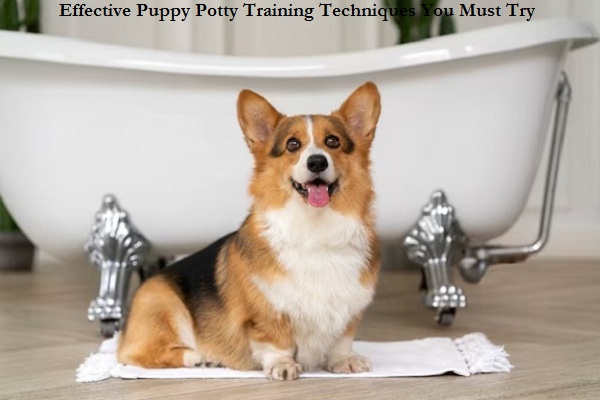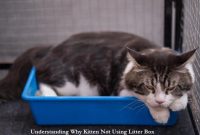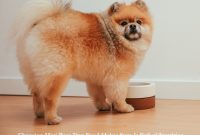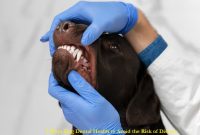Puppy potty training is one of the important stages in caring for a puppy. This is the moment when you teach them where a puppy should pee and poop. Effective toilet training will make life more comfortable and enjoyable.

Puppy Potty Training Success Tips
Such a cute puppy makes us unable to get far from him. Their presence gives its cheerfulness at home. Some dog breeds that have cute breeds are Samoyed, Bernese Mountain Dog, Poodle, Labrador Retriever, and many more.
However, behind it all some challenges await you. One of them is toilet training. If you are currently looking for such guidance, please refer to the following tips.
1. Patience is Key
First of all, you should know that toilet training for puppies requires patience. Puppies may not immediately understand where they are supposed to pee and poop. Don’t get angry or frustrated if they make a mistake. It’s best to be prepared to give them study time. Start teaching puppy potty training early. Usually, when they are 8 to 12 weeks old.
2. Create the Right Toilet Area
Choose a special area inside or outside the house where the puppy will relieve themselves. Let’s say the bathroom floor is easy to clean or the back garden to your liking. Make sure this area is always clean and free from annoying odors.
Just adjust the place to your dog’s preferences. If the dog likes shady places, you can place it indoors. However, if your dog likes hot places, you can place it outdoors. But no matter what, dogs need heat and cool so they need to take turns moving them.
For example, dogs that are usually kept inside the house need to be invited to play outside occasionally. This way, the dog will not get bored, stressed or fed up. Dogs love it.
3. Consider the Use of Sandboxes
For some dog owners, the use of a litter box can be a good option for puppy potty training. At first glance, it is similar to training a cat. Fill the litter box with dog-specific sand and teach them to use it.
4. Pay Attention to Eating and Drinking Times
Puppies tend to relieve themselves after eating or drinking. Pay attention to their eating and drinking patterns, and take them to the toilet area after eating or drinking. By doing so, you’ve helped associate food and drink with toilet use.
5. Give Compliments and Gifts
When the puppy potty training stage is successful they urinate in the right place, give warm praise and give gifts such as snacks. This will encourage their positive behavior.
6. Avoid Corporal Punishment
Avoid using corporal punishment when a puppy makes a mistake in the house. Just give a warning. Even then, don’t make them afraid and anxious. Instead, focus on praise and positive training.
7. Consistency
The final key in puppy toilet training is consistency. Always apply the same rules and be patient. Every puppy learns at a different pace, so give them the time they need.
In this regard, @woof_cruise Instagram account also revealed how to train puppy potty. To do this, take the puppy to the balcony or area outside the bathroom. Wait until the puppy urinates. Usually, puppies can’t hold it for long after eating. Then immediately clean it so that the puppy does not eat it. After that, play with your puppy about 1 hour before bedtime. Then repeat the steps after the puppy wakes up.
Common Mistakes in Puppy House Training
House training a puppy can be a challenging yet crucial task for new pet owners. From the methods above, avoiding common mistakes is essential for successful training. We’ll explore some frequent errors people make during puppy potty training, and then offer guidance on how to overcome them.
1. Ignoring Signs of Elimination
Ignoring your puppy’s signs that indicate a need for a new environment is a common mistake. Watch for signs such as sniffing, circling, or sudden restlessness. By recognizing these cues, you can quickly get your puppy out of the house. Apart from refreshing, they can strengthen their positive behavior.
2. Using the Wrong Cleaning Products
Using the wrong cleaning products can trigger various problems. Such as causing repeated dirtiness in the same place, even causing accidents. Therefore, use a special cleaner to completely remove odors and stains. So that your puppy is comfortable and healthy during training.
3. Not Supervising Adequately
Lack of supervision is a common mistake. Keep a close eye on your puppy, especially during the early stages of training. Supervision allows you to catch potential accidents before they happen. Such as falling in their toilet, getting pinched, slipping, and many more.
In the future, puppy potty training will facilitate travel and also mobility. You will be easier to manage when taking it anywhere. They’ll know when and where to poop, so you don’t have to worry about cleanliness when you’re outdoors. /puji



